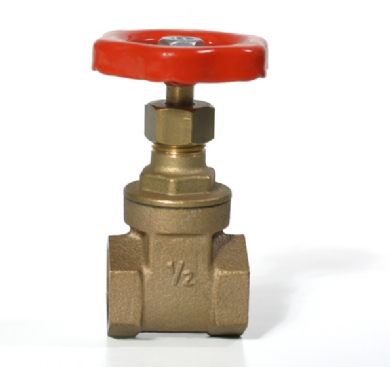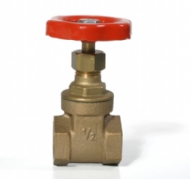|
|
|
Products
|
|
|

|
|
|
|
|
Ball Valves
-
BALL VALVES
|
|
|

|
|
GA20 Brass gate valve with high flow rates. Designed for use between -10ºC and + 100ºC. Made from brass and gunmetal and made in accordance with BS5154 PN20 Series B.
|

|
|
Temperature
|
-10ºC to +100ºC
Can be used at 9 bar with a range of up to +180ºC
|
| Size | Body Length | Height | WP |
| inch | mm | mm | Bar |
| | | | |
| 1/2" | 50 | 72 | 20 |
| 3/4" | 52 | 86 | 20 |
| 1" | 58 | 98 | 20 |
| 1 1/4" | 68 | 123 | 20 |
| 1 1/2" | 71 | 145 | 20 |
| 2" | 82 | 170 | 20 |
| 2 1/2" | 97 | 180 | 20 |
| 3" | 101 | 230 | 20 |
| 4" | 122 | 270 | 20 |
|
|

|
BALL VALVES BALL VALVES
Type 84GBA valve. British Gas tested and certified this full flow ball valve has taper female threads made to BS21. Quality construction can be supplied with a T handle.
|
|

|
BALL VALVES BALL VALVES
Type 85 valve. This is our standard ball valve that conforms in all respects to WRC approval. The bore is a full flow type with parallel threads. A compact and neat design, this ball valve can be used in many different applications.
|
|

|
BALL VALVES BALL VALVES
Type 35 Valve. These mini valves are useful where space restrictions are found. Compact and neat, these valves are used on air and water lines at pressures of up to 30 bar pressure.
Available in male x female or female x female BSP threads.
|
|

|
BALL VALVES BALL VALVES
GA20 Brass gate valve with high flow rates. Designed for use between -10ºC and + 100ºC. Made from brass and gunmetal and made in accordance with BS5154 PN20 Series B.
|
|

|
BALL VALVES BALL VALVES
These valves are made in a tidy and compact design. Used for pneumatics and water at pressures of up to 20 bars. Under the compression nut is a BSP thread that allows further options for fitting into systems and easier adapting.
|
|
|
|